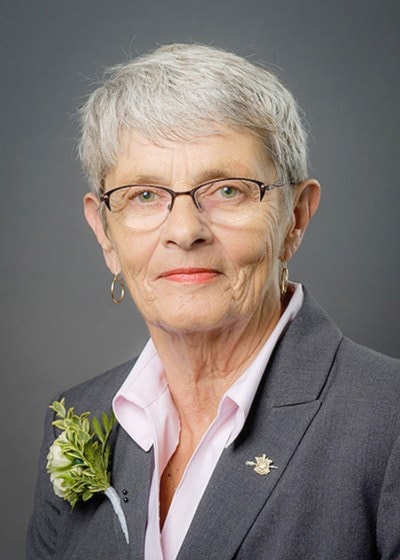Rural Economic Development Minister of State Donna Barnett says the new $81-billion new federal infrastructure funding is a "positive" step that she is hopeful will boost communities and taxpayers in rural British Columbia.
"It is my understanding the federal government has recognized rural and remote communities in this infrastructure funding. I'm not sure how much there is, but I did hear that there was some [for that purpose]."
The Cariboo-Chilcotin MLA notes her constituency might benefit from new funding, too.
"It will be very interesting when we get the details. We can certainly move forward and ensure rural B.C. gets its fair share."
Part of the announced purpose of Canada's new $35-billion infrastructure bank is attracting private sector capital, with incentives that may include offering low-risk loans to encourage private investors through low-interest and loan guarantees on large infrastructure projects in its trade corridors.
Noting it depends on the specific business plan, the Rural Economic Development minister says if it pans out as some have in the past, this might see some more viable private-public sector partnerships come about.
In her opinion, securing good water should be among the top priorities in the province's infrastructure, she adds.
"Good drinking water is very important. We also need to focus on good sewage [infrastructure] – it's so important."
Contamination of lakes and streams can happen if aging sewage infrastructure, roads and bridges are not maintained in sound condition, she explains.
Barnett says many of the older roads and subdivisions outside of municipal boundaries are now in need of renewal or upgrading, but is the taxpayer who typically ends up paying for this.
"We've got a lot of infrastructure in rural B.C. in subdivisions that were built 30-40 years ago by private developers and turned over to the province. We have to start to take a good look at these."
There is a significant difference between ongoing maintenance and capital maintenance, she adds.
"There is funding for keeping them up, but I would like to see a proper capital infrastructure program for rural and remote communities [in B.C.] – that's just my dream."
Barnett says bridges and roads can't always be fixed with "Band-Aid" approaches and should be rebuilt instead with sustainable, environmentally friendly designs that will last for a many decades to come.
"It all boils down to good infrastructure."
